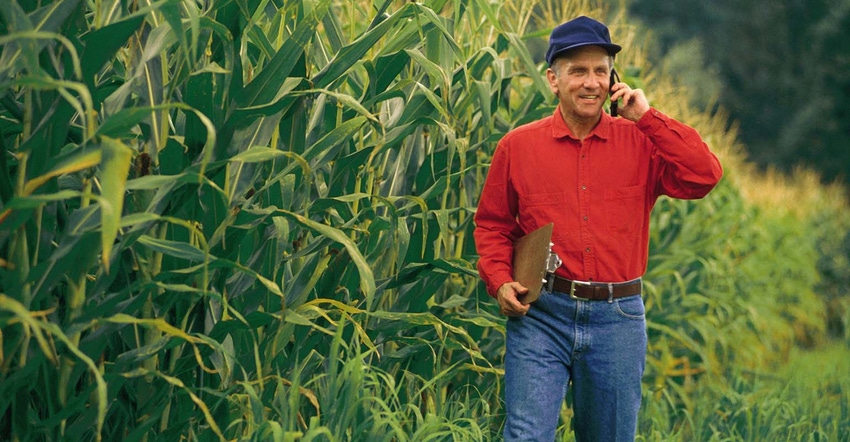July 7, 2017

My son and I farm 3,400 acres of corn and soybeans. We work with 12 landowners, mostly all cash rent. We’ve mostly communicated with them via a printed quarterly newsletter. In the past six months, two of those landowners passed away, and their children now own the land. They are in their early 40s, my son’s age. Should we change how we communicate with these owner-partners? They are absentee landowners who don’t know much about farming. — G.B., Iowa
In our farm management business, we send out a 25-page report on a semi-annual basis to landowners with no farm background. We forward a digital copy via email in late January and in mid-July, followed by a hard copy in the mail. This sounds like too much work, but the writing is some of the most enjoyable work of the year. It takes about a week to do the research and composing, but the subject matter has applications throughout our business.
The first four or five sections of the report are repeat topics every six months and include updates on the grain markets, farm economy, cash rent market review, farmland market trends, and environment and soil conservation. The final section is always a new topic. Some have been on technology, the cost of farm machinery, environmental benefits of GMOs, debunking the myths of factory livestock farms, crop applications, marketing tools, soil conservation and cover crops.
By providing such information, you help your landowners feel connected to their asset.
These semi-annual papers are written after the year-end USDA report in January summarizing the previous year’s production and stocks, and in early July, following USDA’s midyear assessment of the current crop. This reoccurring section on the grain markets sets the whole tone for our report, especially because we use price bonuses in nearly all of our leases.
In the end, communicating with landowners is a chance to educate and build loyalty. Find the right vehicle that they feel comfortable with — not only print, but also website, email, text, tweets, Instagram or Facebook. Whether you do a semi-annual report or a quarterly newsletter, it’s not a bad idea to err on the side of too much communication.
Jerry and Jason Moss operate Moss Family Farms Inc. mailto:[email protected]
About the Author(s)
You May Also Like




